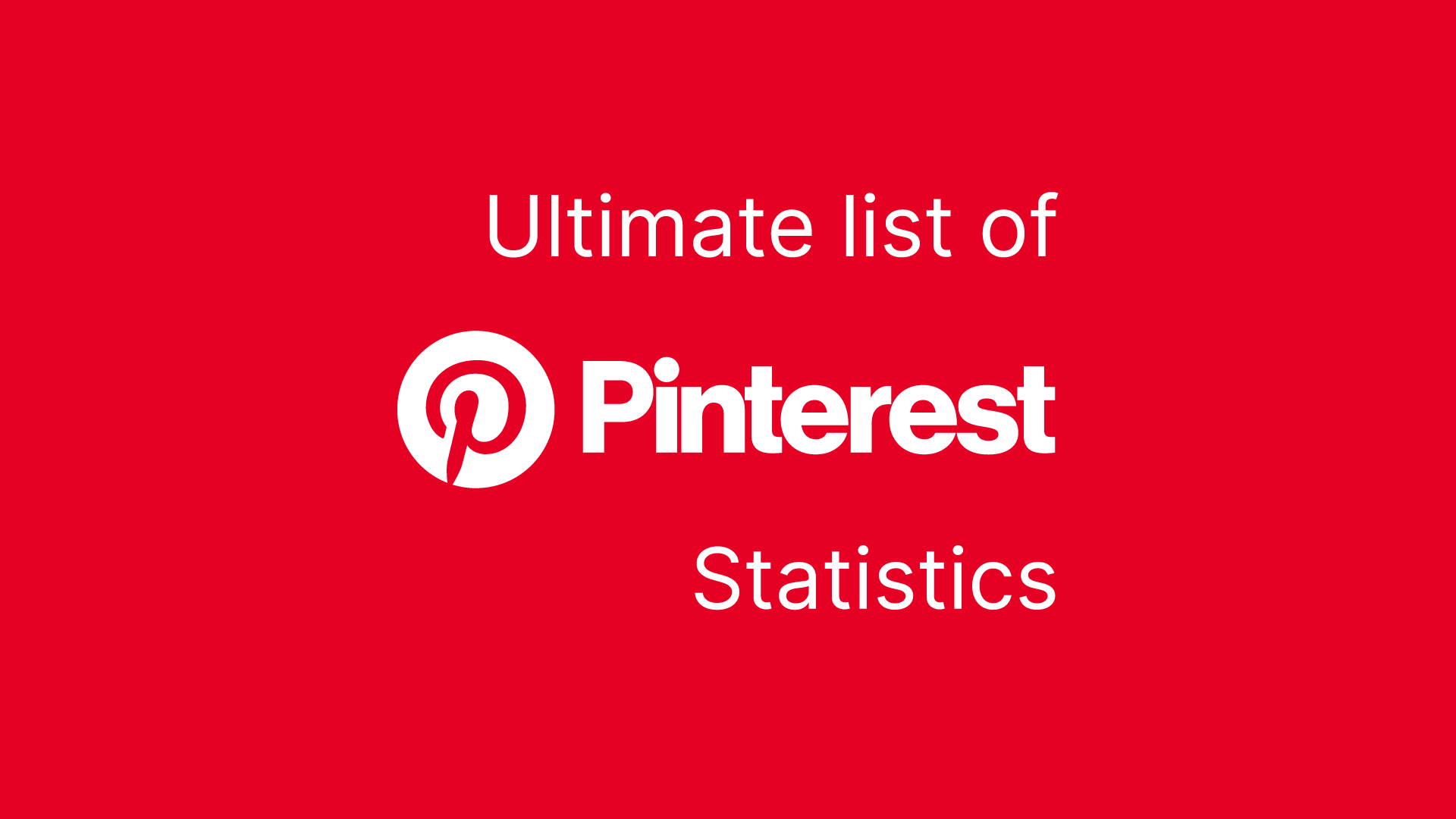Want to succeed in social media? In today’s digital world, succeeding in social media is more crucial than ever for businesses aiming to build brand awareness and connect with their target audience.
With diverse social media platforms available, crafting a successful social media strategy that aligns with your business objectives is essential. Whether you’re looking to increase brand awareness, drive web traffic, or generate leads, these insights will help you navigate the dynamic landscape of social media marketing and achieve your desired success.
This article breaks down the key steps to enhance your social media presence. Let’s dive into the key strategies that can elevate your social media efforts and ensure a successful social media presence.
Key Takeaways
- Understand your target audience to tailor campaigns for maximum engagement and conversion.
- Set clear SMART goals and key performance indicators to track progress and adapt strategies effectively.
- Create engaging content, leverage user-generated content, and collaborate with influencers to enhance brand visibility and foster a loyal community.
1. Understand Your Target Audience
Knowing your target audience is essential for a successful social media marketing strategy. Identifying who they are helps you choose the right platforms and engagement methods.
For example, younger users might favor Instagram and TikTok, whereas professionals might lean towards LinkedIn. Defining your target audience allows you to tailor campaigns to resonate better with potential customers, leading to more effective engagement.
Segmenting your audience by demographics, location, interests, and other factors enables more precise targeting. This approach helps create messages that address the unique needs and preferences of different groups. For example, a fitness brand might target health-conscious individuals in urban areas with high purchasing power.
Using targeting options based on demographics, interests, and online behaviors further refines your reach, ensuring your content reaches the most relevant users.
Engaging effectively with your audience improves messaging and optimizes your advertising budget.
Understanding their purchasing intentions allows you to craft messages that directly address their needs, increasing conversion likelihood. Understanding your audience is the foundation upon which all other social media strategies are built.
2. Set Clear Social Media Marketing Goals
Clear social media marketing goals are essential for aligning your efforts with broader business objectives. Without specific goals, measuring success or making informed decisions becomes difficult.
This is where SMART goals come into play. SMART stands for Specific, Measurable, Achievable, Relevant, and Time-bound, and these criteria help ensure that your social media objectives are both clear and attainable.
After establishing SMART goals, defining key performance indicators (KPIs) is necessary to measure progress. For example, if your goal is to increase brand awareness, you might track metrics like post reach, audience growth rate, and engagement rates.
Clearly defined campaign objectives shape your ad content and determine which metrics to analyze for success. This targeted approach ensures that every social media campaign contributes to your overall business goals.
Regularly evaluating and adjusting your social media goals is crucial for ongoing success. Social media is dynamic, and what worked yesterday might not work tomorrow.
By setting clear goals and continuously monitoring your progress, you can adapt your strategies to stay ahead of the competition and achieve your social media marketing goals.
3. Develop a Comprehensive Social Media Strategy
A comprehensive social media strategy serves as the blueprint for success. Common goals include generating leads, boosting traffic, and enhancing brand awareness.
Planning tactics that support these goals is essential. Personalizing content according to audience interests is essential for fostering connections and enhancing engagement.
For example, sharing user-generated content or creating posts that reflect your audience’s values and interests can significantly boost engagement.
A content calendar is vital for organizing and visualizing your posting schedule across platforms. It ensures consistency and helps you plan ahead, avoiding last-minute scrambles.
Scheduling tools like Facebook’s Creator Studio or Twitter’s Media Studio allow for efficient post scheduling, freeing up time to create quality content.
Additionally, setting up a workflow within your team ensures clarity in roles and responsibilities, making the execution of your social media strategy seamless.
Encouraging audience interaction through engaging content fosters a strong sense of community around your brand.
Effective use of hashtags can significantly boost engagement and brand visibility at little to no cost. By incorporating specific and descriptive hashtags, you increase the chances of attracting a targeted audience compared to broad terms.
A well-rounded social media strategy is not just about posting content but also about creating a holistic plan that covers all aspects of your social media efforts.
4. Create Engaging Content
Engaging content is the heart of social media marketing. Visual content often generates higher engagement, with posts featuring images and videos receiving more interactions than text-only posts.
Video content, in particular, significantly boosts engagement as it resonates more with audiences. Think about how often you stop scrolling to watch a captivating video – that’s the power of visual storytelling.
An effective social media post benefits from a structured approach, including a compelling caption, relevant emojis, and a strong call to action.
This structure not only captures attention but also encourages interaction. Prioritizing the audience’s preferences over the brand’s message is key to maintaining engagement.
For example, a mix of educational, entertaining, inspiring, and promotional content pillars keeps your audience engaged and enhances your successful social media presence.
Repurposing existing content from your own materials or industry sources helps maintain a steady stream of engaging posts without starting from scratch.
Interactive content like polls and quizzes can also effectively engage and gather insights from the audience.
Hosting events or giveaway collaborations can significantly boost engagement and attract new followers when executed correctly.
Creating engaging content is about understanding what resonates with your audience and consistently delivering value.
6. Utilize Relevant Hashtags
Hashtags are essential for social media marketing as they enhance the discoverability of posts. Incorporating relevant hashtags in your social media posts can significantly increase overall visibility.
By aligning your content with trending topics, hashtags enhance engagement potential. For instance, using industry-specific hashtags can attract new followers who are interested in your niche.
Attract new followers by using specific hashtags that relate to your industry and target audience.
Broad hashtags might reach a larger audience, but specific hashtags ensure that your content is seen by users who are genuinely interested in what you offer.
This targeted approach not only increases engagement but also builds a community of followers who are more likely to convert into customers.
7. Engage with Your Audience
Audience engagement measures how effectively a brand interacts with its audience through digital content. Engaging your audience is like having a meaningful conversation that keeps their interest.
By actively engaging with your followers, you can foster meaningful interactions that lead to a loyal customer base.
Active social listening allows brands to understand their audience better and join relevant conversations.
Offering thoughtful gifts or discounts enhances engagement and fosters brand loyalty. For example, running a social media contest where followers can win a product or service encourages participation and increases visibility.
Building trust with your audience involves delivering on promises and setting realistic expectations. Creating a brand community can encourage more user-generated content (UGC) by fostering interaction among customers.
User-generated content serves as a modern version of word-of-mouth advertising, enhancing brand credibility.
About 62% of consumers believe UGC is essential for enhancing a brand’s authenticity. Consumer trust in UGC is high, with 72% of shoppers preferring peer reviews over traditional advertising.
By leveraging UGC and engaging consistently with your audience, you can build a strong and loyal community around your brand.
8. Leverage User-Generated Content
User-generated content (UGC) includes any content related to a brand created by its customers or users. It significantly boosts trust and authenticity, representing the genuine voices of the audience.
When customers share their experiences with your products or services, it serves as powerful social proof that can influence others to engage with your brand.
Brands incorporating UGC can experience a significant surge in click-through rates, sometimes by as much as 400%. This type of content not only boosts engagement but also drives traffic to your website and increases conversions.
To motivate customers to create UGC, consider using unique hashtags and offering incentives for participation.
For example, a fashion brand might encourage customers to share photos of themselves wearing their products with a branded hashtag for a chance to be featured on the brand’s social media accounts.
Leveraging UGC is a win-win situation – your customers get to share their experiences and feel valued, while your brand benefits from increased authenticity and engagement.
9. Monitor and Analyze Metrics
Tracking metrics like engagement, reach, and conversions is essential for measuring the success of your social media goals.
Assess brand awareness goals through metrics like post reach and audience growth rate. Tools like Buffer aggregate metrics like engagement rates and follower growth into a single dashboard for easier analysis.
Regularly analyzing these metrics provides insights into what works and what doesn’t, allowing you to adjust your strategies.
Improving community engagement can be measured by interaction metrics such as likes, comments, and shares. Sprout Social offers cross-channel reporting, allowing users to analyze performance across different social networks.
Hootsuite provides extensive analytics features that help track the effectiveness of content across various platforms. Google Analytics can evaluate social media’s impact as a traffic source by tracking visits from social networks.
Regular evaluation and optimization ensure your social media efforts remain aligned with your goals.
By monitoring social media interactions, you can identify audience characteristics and craft relevant content that resonates with your followers.
Using analytics tools allows advertisers to measure ad performance in real-time and adjust strategies based on insights.
10. Invest in Social Media Advertising Campaigns
Social media advertising allows businesses to reach specific audiences through targeted paid ads on various platforms.
A well-defined budget for social media ads can lead to better engagement and a higher return on investment than traditional advertising methods.
For instance, targeted Facebook ads can reach users based on their interests, demographics, and online behaviors, ensuring that your content is seen by the most relevant audience.
Remarketing effectively targets users who previously interacted with your brand but did not convert. This strategy keeps your brand top of mind and encourages potential customers to revisit your website and complete their purchase.
Social media advertising offers unparalleled opportunities to increase brand awareness and drive conversions, making it a crucial element of any social media strategy on social platforms for achieving social media success.
12. Collaborate with Influencers
Partnering with influencers can broaden your audience reach and amplify your social media efforts. Influencers have established credibility and follower counts that significantly boost your brand’s visibility.
Sponsored posts should include clear guidelines to keep the influencer’s content authentic while promoting your brand. Authenticity is key to maintaining trust and engaging followers effectively.
A brand ambassador program encourages deeper loyalty from influencers, leading to more authentic promotions. These ambassadors can become long-term partners who genuinely believe in your brand, providing consistent and credible endorsements.
Account takeovers allow influencers to engage directly with your audience, providing fresh content and a unique perspective. This strategy not only introduces your brand to a new audience but also adds variety to your social media content.
Collaborating with influencers is an effective way to leverage their reach and credibility to enhance your social media presence and achieve your marketing goals.
Summary
In summary, a successful social media marketing strategy involves deeply understanding your target audience, setting clear and measurable goals, and developing a comprehensive strategy.
Creating engaging content, utilizing relevant hashtags, and actively engaging with your audience are essential steps to enhance your strategy and social media presence.
Leveraging user-generated content and monitoring key metrics allows for continuous improvement and optimization.
Investing in social media advertising campaigns and collaborating with influencers can amplify your reach and drive significant engagement.
By following these tips and consistently refining your approach, you can build a strong and successful social media presence that supports your broader business objectives.
Remember, social media marketing is an ongoing process that requires dedication, creativity, and adaptability.
Frequently Asked Questions
Why is understanding my target audience important for social media marketing?
Grasping your target audience is crucial because it enables you to choose the right platforms and create campaigns that truly connect with them, driving better engagement and results!
What are SMART goals in social media marketing?
SMART goals in social media marketing are your roadmap to success—they’re Specific, Measurable, Achievable, Relevant, and Time-bound. By setting these clear objectives, you’ll boost your effectiveness and stay motivated on your journey!
How can I create engaging content for my social media channels?
To create engaging content, prioritize eye-catching visuals and compelling captions that include strong calls to action. By mixing educational, entertaining, and promotional posts, you’ll keep your audience interested and coming back for more!
What role do hashtags play in social media marketing?
Using hashtags is essential for boosting your post’s discoverability and connecting with trending topics, which can help attract new followers. Leverage them wisely to expand your reach and impact!
How can I measure the success of my social media campaigns?
To measure the success of your social media campaigns, focus on tracking engagement, reach, and conversions using tools like Buffer, Sprout Social, or Hootsuite. These metrics will help you understand your performance and optimize your strategies for even greater results!






